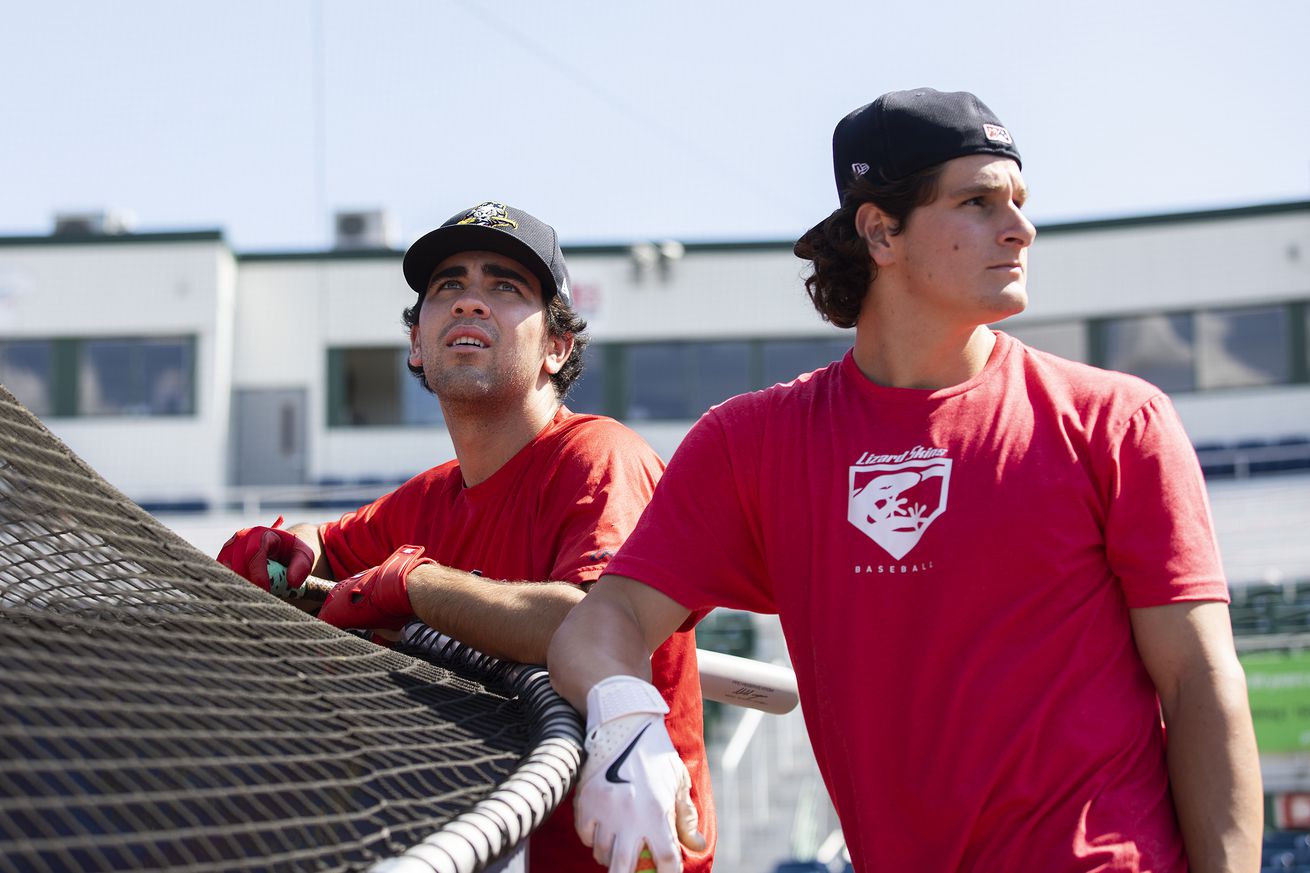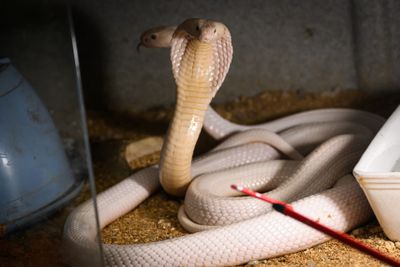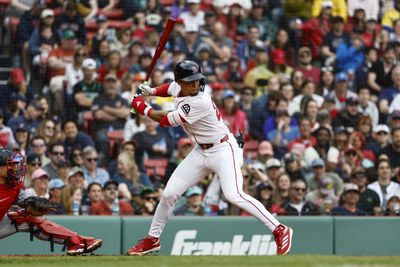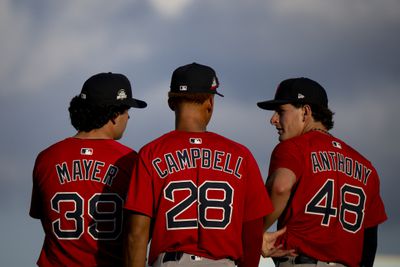
Service time manipulation is becoming an increasingly ugly and complex game as the balance between people, production and profits spins off its axis.
According to legend from the British Raj, events that would later become known as the “Cobra Effect” created one of the most wild and widespread examples of perverse incentive in the modern world.
The story goes like this: In an effort to reduce the number of venomous cobras on the Indian subcontinent during British rule, the crown decided to offer a bounty for every dead cobra delivered to their doorstep. On paper, the financial incentive seemed simple and straightforward. People would kill the cobras for profit, thus reducing the cobra population.
But that’s not what happened. Instead, the financial incentive led to to locals breeding cobras so they could turn them in for additional profit. With the incentive corrupted and the plan ruined, the reward was discontinued by the government, and all the folks breeding the snakes just released them back into the wild as they were now worthless. The result was more cobras than before the program started.
Oops!

Photo by LOIC VENANCE/AFP via Getty Images
Now it’s debated amongst historians how much of the “Cobra Effect” is true and to what extent, but regardless, the compelling tale serves as an easy example of how perverse incentive can overpower and twist a situation when the human element is introduced to plans made on paper.
Enter MLB’s Prospect Promotion Incentive (PPI), which promises to persuade parasitic clubs (i.e. all of them) to promote their young players faster. On paper, the financial incentive seems simple and straightforward. Promote your players faster and you can be rewarded, thus decreasing the incentive to manipulate service time.
But that’s not what’s happening here. Instead, the financial motivation has once again been turned on its head by real world events and that pesky, problematic perverse incentive.
Specifically, we’re talking about what happens when you have three top prospects like Roman Anthony, Marcelo Mayer and Kristian Campbell all ready to arrive in the major leagues at about the same time while showing different levels of interest in inking a long-term, team friendly deal with the club. Under these circumstances, which happen to be the ones that matter, the financial incentives of the PPI entice exactly the opposite of the behavior intended.
Just so we’re all on the same page here, let’s quickly review what the PPI is trying to fix in three quick points:
1. MLB players need to accumulate six years of major league service time before hitting free agency.
2. To accumulate a full year of service time in one calendar year, players need to spend at least 172 DAYS of the regular season on the major league roster.
3. Under the old rules, clubs were incentivized to leave top prospects in the minors to start the season for a couple of weeks out of spring training to prevent them from reaching the 172 day threshold, thus essentially giving the club an extra year of control. (At the end of what should be been year six, the player ends up with five years and 171 days of service time and they can’t hit free agency yet. Nasty business!)
Now, let’s take a look at two very important updates the PPI brings to the equation as described by Chad Jennings and Cody Stevenhagen in the Athletic last month:
- Under the PPI rules, teams can earn additional draft picks — high picks, immediately after the first round — by giving elite prospects a full year of service time. Players with little or no MLB service (rookies, basically) who appear on two of three top 100 prospect rankings (MLB Pipeline, Baseball America and ESPN) are PPI-eligible.
- Any PPI-eligible player who finishes first or second in Rookie of the Year voting is awarded a full year of service time regardless of when he actually debuted.
For Red Sox purposes, Kristian Campbell represents the opportunity for a draft pick described in the first bullet, and Roman Anthony and Marcelo Mayer represent the concern of a lost year of controlled service time for the club in the second. In other words, it greatly behooves the Red Sox front office to ensure Kristian Campbell finishes ahead of both Roman Anthony and Marcelo Mayer in the Rookie of the Year voting.
If Campbell wins Rookie of the year, the Sox get a very valuable extra draft pick in 2026 between the first and second round, and as long as Anthony or Mayer don’t finish second, they also get an extra year of control over both of them in 2031 when Anthony will be in his age-27 season and Mayer will be in his age-28 season.
However, if Anthony or Mayer pass Campbell in the race for Rookie of the Year, they not only lose the potential bonus draft pick, but they also risk losing a prime season of Anthony and/or Mayer in 2031.
So right now, the PPI (again, that’s the Prospect PROMOTION Initiative) is actually incentivizing even more service time manipulation than we ever could have dreamed of under the old system. Has anybody checked Fenway Park for cobras recently?

Photo By Winslow Townson/Getty Images
But now the problem gets even worse. I mean, of course it does. This is the real world, and things we don’t account for on paper always throw a monkey wrench into the equation.
In short, the problem is Kristian Campbell has absolutely stunk the last two weeks. For his development, this is largely irrelevant as rookies take their lumps all the time in the big leagues. Campbell is going to be fine! But if you’re relying on him to finish ahead of Mayer and Anthony in the Rookie of the Year voting, this poses a huge problem!
For reference, let’s take a look at what Mac Cerullo of the Boston Herald tweeted back on the morning of April 30th, specifically noting his WAR.
The Red Sox needed to add an impact right-handed bat this offseason. Between Alex Bregman and Kristian Campbell, they’ve gotten two.
Bregman: .331, 6 HR, 23 RBI, .972 OPS, 1.8 WAR
Campbell: .313, 4 HR, 12 RBI, .935 OPS, 1.2 WAR
— Mac Cerullo (@MacCerullo) April 30, 2025
Since this time, Campbell is batting .093 with a .114 OBP and a .277 OPS. This coupled with a whole host of plays the defensive metrics have hated in the field have tanked his season’s WAR figure closer to zero than where it was at the time of Cerullo’s tweet. I don’t know which brand he was using, but as of this morning, Campbell’s down to 0.5 on Fangraphs (fWAR) and 0.1 on Baseball Reference (bWAR).
In other words, he’s losing ground to Mayer and Anthony in the Rookie of the Year race while they sit locked in their Triple-A cage. And all this is happening while the big club gets walked off every other night without their best roster on the field. It’s a total freaking disaster!

Photo by Maddie Malhotra/Boston Red Sox/Getty Images
So now is probably a good time to reevaluate. Did Kristian Campbell really blow by Roman Anthony in development? Or did he just agree to play ball and sign a team friendly deal before the season started, which was then announced on April 2nd after his debut to keep all the ducks in a row?
A year ago at this time, Campbell was in High-A Greenville while Anthony was a level ahead of him in Double-A Portland. Since that time, Anthony has ascended to the top of national prospect leaderboards, and yet Campbell somehow sits a level ahead of him in a major league clubhouse. How in the world did that happen?
Is it possible Campbell just showed a much greater willingness to sign a long-term deal going into the year and the Sox hitched their wagon to his Rookie of the Year campaign hoping he’d build enough of a lead in that race before circumstance demanded they call up the other two guys?
One thing’s for sure, Campbell certainly didn’t “win” the job in Spring Training based on his numbers. He batted just .167 with a .576 OPS over 48 at bats there, but the club seemed suspiciously insistent throughout this stretch of games that he was doing everything needed to get his hands on the keys to second base.
From this moment on, it certainly feels like the Sox made themselves willing slaves to the new PPI incentive structure, and they wanted it all! They wanted Campbell locked up long-term, they wanted the extra draft pick they could get from their guy winning Rookie of the Year, and they wanted Mayer and Anthony locked up for as long as possible if they couldn’t get them to the bargaining table.
For a while, it looked like they were on track to get it all too, but recent events have derailed the train and left the Sox in quite a predicament. Now, the single worst thing they could do from a business perspective is call up Anthony and Mayer when they have just enough runway to still get a full year of service time in 2025. In this scenario, and it’s probably the one we’re in right now, you lose the first 25 percent of this season where they could have helped you, and you also maybe lose 2031. This is the stuff that gets people in the front office fired.
Then again, the dumbest thing you could do from a baseball perspective is leave Mayer and Anthony off the roster long enough so that it seriously jeopardizes the team’s ability to make the postseason. So at this point, it’s also fair to ask, what’s the balance between baseball team and business? And what’s the biggest incentive driving decisions here?